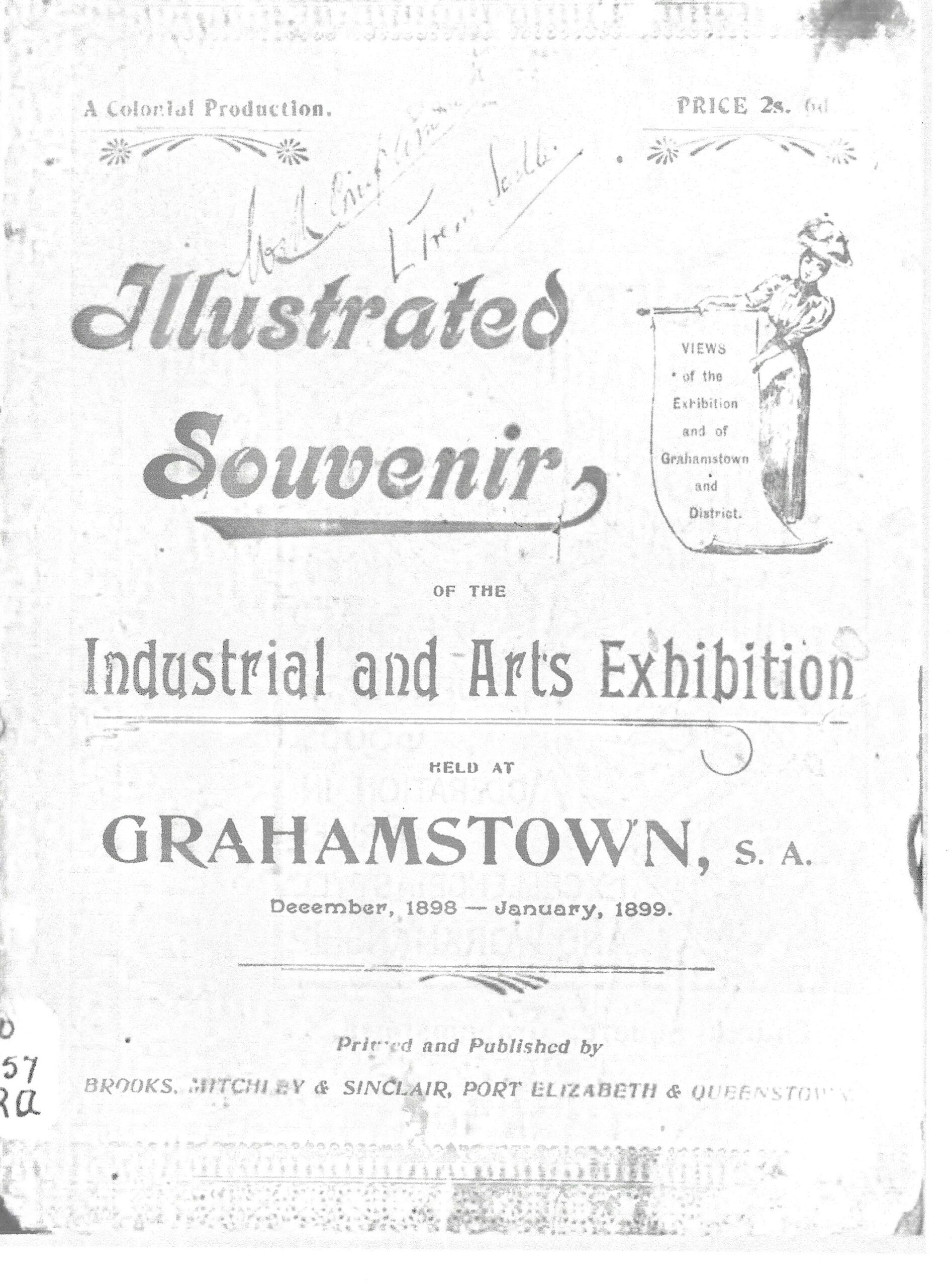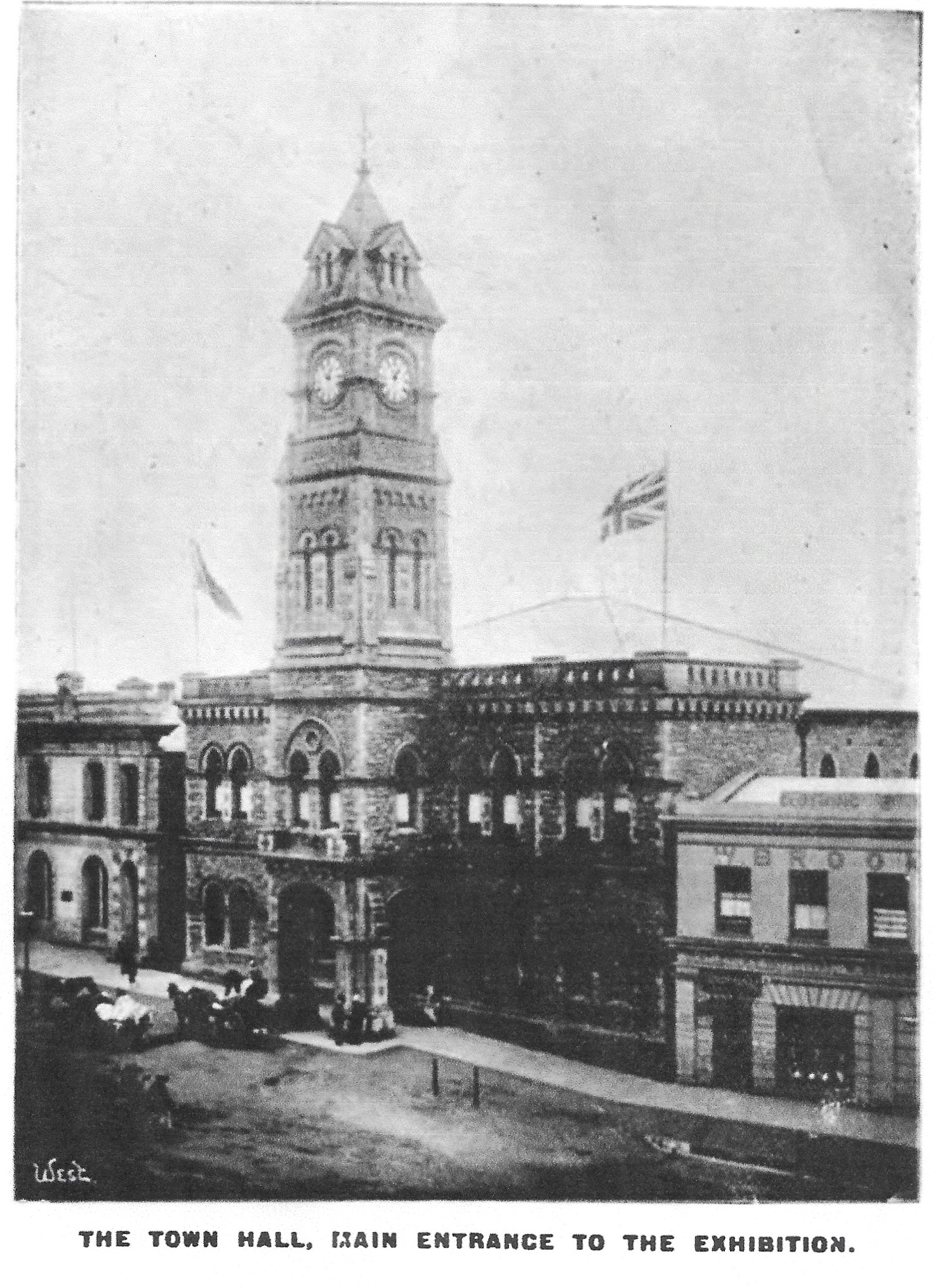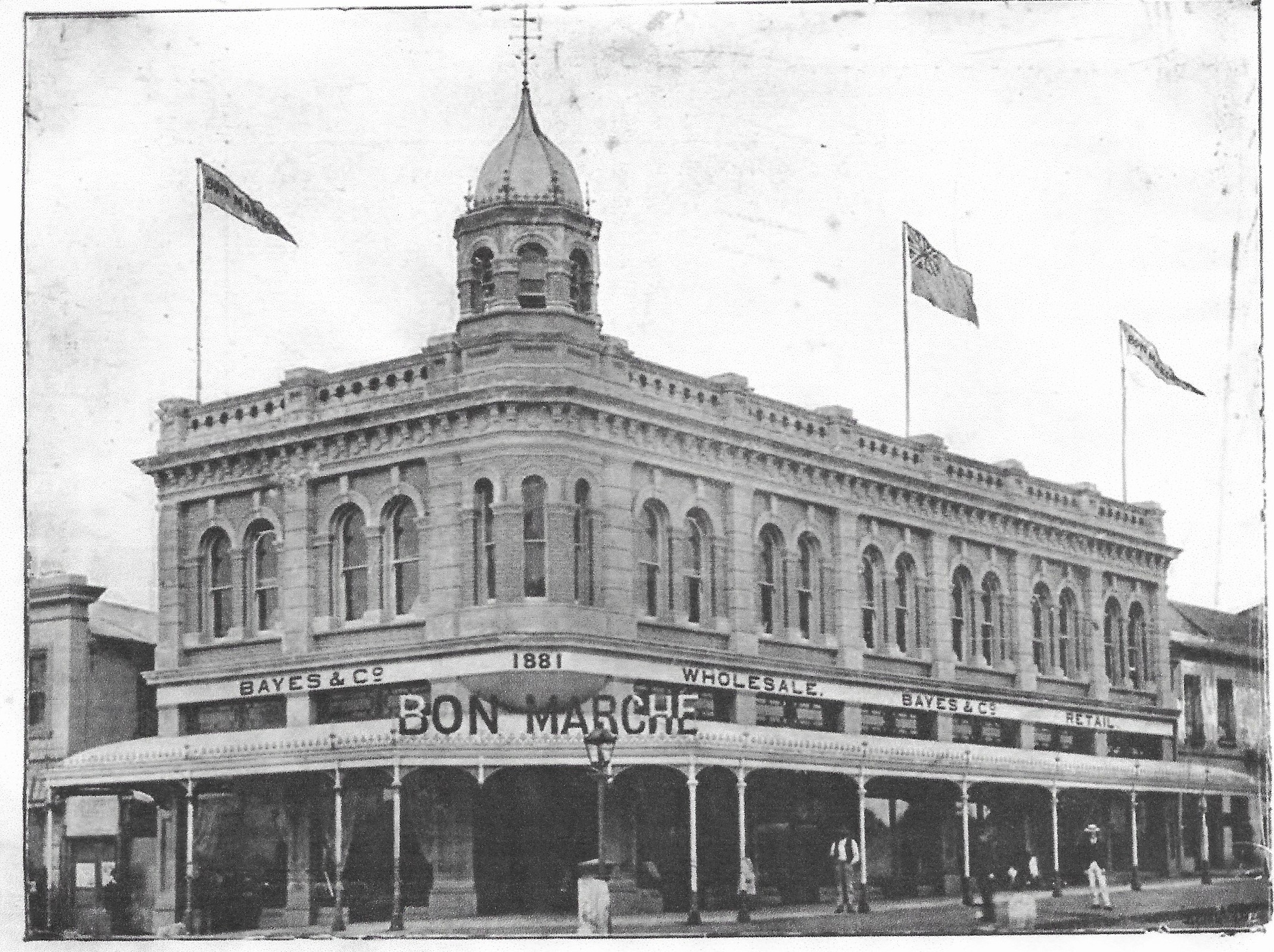Queen Victoria’s Jubilee Industrial Arts Exhibition of 1898
The rich history of Grocott’s Mail is intertwined with a pivotal moment in Grahamstown/Makanda’s past, a time when we hosted the Queen Victoria’s Jubilee Industrial Arts Exhibition of 1898.
This event not only showcased groundbreaking innovations but also played a significant role in shaping the identity and development of Grahamstown. The legacy of both the newspaper and the exhibition continues today, highlighting our town’s evolution as a center of creativity and industry.
Grocott’s Mail was founded in 1870 by Thomas Henry Grocott, started as a humble printing business. Believe it or not, over time, it grew into South Africa’s oldest independent newspaper, originally a free advertising sheet that evolved into a vital news source for the town.
The paper played a key role in shaping Grahamstown’s journalistic landscape.
A major milestone in Grocott’s history came when the company showcased cutting-edge printing technology, including the first linotype machine in South Africa, at the Queen Victoria Jubilee Industrial Arts Exhibition in 1898.
This revolutionary machine, operated by Grocott’s son, William Ellington Grocott, transformed the printing industry by increasing the speed and efficiency of typesetting.
Around the same time, Richard Sherry, a young office boy who had joined the company at the age of nine, became a partner in 1892.
The firm then rebranded as Grocott & Sherry, and its impact on the local community deepened.
Not only did they print newspapers, but they also produced books, stamps, and more, becoming a cornerstone of local life. Sherry’s work ethic solidified the company’s role in the region, though he remained somewhat of an enigmatic figure. Today, Grocott’s Mail is still a vital part of Makhanda. Since 2003, it has been owned by Rhodes University, serving as a training ground for aspiring journalists while continuing to inform and engage the town’s residents.

The images included here are from my copy of the Illustrated Souvenir of the Industrial and Arts Exhibition Held at Grahamstown.
The Queen Victoria Jubilee Industrial Arts Exhibition, held between December 1898 and January 1899, was a pivotal moment in Grahamstown’s history. It transformed the town into a bustling hub of creativity, drawing an astounding 171,433 visitors. The event’s main exhibition hall, constructed from wood and iron, stretched from behind the City Hall to Fiddler’s Green, with additional pavilions and buildings erected for the occasion. Mayor John Syms Willcox, the exhibition’s president, spearheaded this grand project, which aimed to showcase both local and international talent.

Among the standout exhibitors were Grocott & Sherry, whose linotype machine and pedal-powered business card printing press earned them two excellence medals. This was a significant achievement for the local company, underscoring its role in the advancement of printing technology in South Africa.
A not-to-be-missed presentation by The International Printing Museum’s curator, Mark Barbour, who takes us on a journey of the typesetting race and the Linotype that Grocott & Sherry imported. Using a working Linotye in this demo, one is left with no doubt that our local printing company was ahead of the game, and definitely deserved their excellence medals.
The exhibition attracted international interest, with shipping lines offering free trips from Europe, encouraging foreign specialists and innovators in the arts and technology industries to attend. Exhibitors from the Natal Colony displayed a massive three-ton chunk of coal, while the Cape Colony flaunted its own artistic and industrial creations. Music filled the air, courtesy of renowned violinist Percy Ould and conductor Theophil Wendt, adding another layer of culture to the festivities.

Local beer was supplied by The Durban Breweries, which later became part of South African Breweries (SAB), a major player in the global brewing industry. Held during Queen Victoria’s Jubilee year, the exhibition marked Grahamstown as an important player in the broader historical context of the British Empire and its colonies.
This remarkable exhibition and the legacy of Grocott’s Mail are key moments in Makhanda’s past, underscoring the town’s significance in both the cultural and industrial spheres at the turn of the 20th century.




As for me, Alan Weyer, my connection to this history runs deep—my maternal great-grandfather, George Aubrey, was the editor of Grocott’s Daily Mail in the early 1940s. He and my great-grandmother lived in a house on Somerset Street, which later became the site of the JLB Smith Institute of Ichthyology (now SAIAB).
